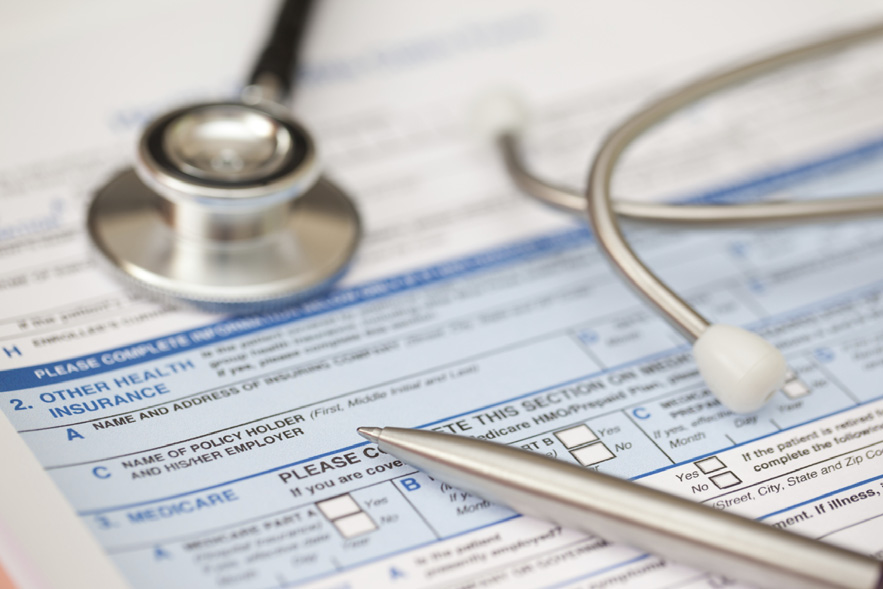In this article, we will address the highlights of the different areas included in the stimulus bill. For a detailed dive into each of these areas, be sure to follow our Stimulus Package Headquarters, where we will discuss the procedures and regulations that are sure to make business owner’s New Year just a little more complicated. Without further ado, here is what is included…
Stimulus Checks / Unemployment Program Extension
- $166 billion in appropriations for economic impact payments of $600 per individual ($1,200 for MFJ). Phase out rules remain the same, beginning at $75,000 for individuals and $150,000 for married filing joint.
- $120 billion in appropriations set to extend both major unemployment insurance programs in place to assist those affected by COVID – the Pandemic Unemployment Assistance (“PUA”) and Pandemic Emergency Unemployment Compensation (“PEUC”). Benefits are set to be extended for approximately 11 weeks and will include a $300 per week supplement.
- These provisions are discussed in depth in this article.
Paycheck Protection Program (“PPP”) Changes
- $284 billion in appropriations for a new PPP loan program (“PPP2”), giving eligible borrowers an opportunity to receive a second round of funding, subject to a $2 million maximum. In order to be eligible, entities must:
- Be a business concern, housing cooperative, veterans’ organization, tribal business, self-employed individual, sole proprietor, independent contractor, agricultural cooperative, or certain nonprofit organizations (501(c)(6) and the now included 501(c)(6) – subject to certain limitations)
- Employ not more than 300 employees
- Have suffered a 25% gross receipts reduction in any quarter in 2020 as compared to the same quarter in 2019
- Must not have specified ties to China or Hong Kong
- $35 billion of funds set aside for borrowers who were eligible but did not receive funds under the first PPP (“PPP1”)
- This includes the ability of borrowers who did not receive the proper amount or who returned a portion of the funds (often due to confusion around the program) to apply for funding on the funds they were entitled to receive.
- Expansion of eligible and forgivable costs to include expenses that meet the definition of covered operating expenditures, covered property damage cost, covered supplier costs or covered worker protection expenditures (operating or capital in nature) – effective for PPP2 borrowers as well as PPP1 borrowers who have not yet applied for forgiveness.
- Simplified forgiveness process for borrowers of loans $150,000 or less – process is legislatively required to include a certification based application no more than one page in length – effective for PPP2 borrowers as well as PPP1 borrowers who have not yet applied for forgiveness.
- Provides borrowers the ability to select the length of their covered period between 8 and 24-weeks, removing rigidity of prior SBA practice requiring the use of one or the other.
- These changes are covered in detail in this article.
Legislating Taxability of Relief Funding
- Deemed that expenses used to obtain loan forgiveness are deductible, without conditional limitations, overriding previous Internal Revenue Service (“IRS”) guidance. This is extremely welcome news to all 5.2 million PPP1 borrowers, and will apply to PPP2 loans.
- Deemed that funds received from Economic Injury Disaster Loan (“EIDL”) advance are not taxable and also that recipients will not be denied deductions for any expenses covered by such advance. This will also apply to anyone in receipt of targeted EIDL advances or grants for shuttered operations (discussed below).
- Deemed that subsidies offered toward existing SBA loans are not taxable.
Changes to the EIDL Program
- Repealed the requirement that borrowers of the PPP reduce their loan forgiveness by the amount of the EIDL advance received. Also identified that Congress wishes all borrowers of PPP loans affected by this be made whole. Procedures to do so are not clear.
- Appropriates $20 billion to targeted EIDL advances for small businesses in low-income communities who have suffered greater than 30% economic loss the opportunity to receive the full $10,000 grant, regardless of the number of employees. This is discussed in detail in this article.
- EIDLs now authorized to be issued through December 31, 2021 (outside of advance amount, these loans are not forgivable and generally carry interest at 3.75%)
Extension of Other Coronavirus Relief Programs and Tax Credits
- Deferral of Employee Payroll Taxes – extends the due date for any employees who have deferred payroll taxes on their wages from April 30, 2021 to December 31, 2021.
- Section 7(a) Debt Relief Program – the CARES Act included provisions for the SBA to make six months’ worth of principal and interest payments on behalf of borrowers. The Act provides an additional three months of payments starting February 2021, and in limited circumstances (NAICS dependent), an additional eight months of payments.
- FFCRA Credits – refundable dollar-for-dollar credits offered to employers for paid sick and family medical leave are extended from December 31, 2020 through March 31, 2021.
- Employee Retention Tax Credit (ERTC) – originally offered as a program available to certain taxpayers who did not take a PPP loan, the Act allows PPP borrowers to receive the ERTC during 2020. In addition, the Act extends the ERTC through July 1, 2021 and, for Q1 and Q2 of 2021, increases the credit percentage from 50% of eligible wages to 70%, increases the limitation on per employee creditable wages from $10,000 in total to $10,000 per quarter, and reduces the gross receipt reduction requirement from 50% to 20%. This is expected to make the program significantly more friendly to small businesses.
Grants for Shuttered Operations
- $15 billion in appropriations offered for grants to eligible live venue operator or promotor, theatrical producer or live performing arts organization, motion picture operator or talent representative as grants.
- Entity must have suffered at least a 25% reduction in gross revenue earned in a specific quarter during 2020 compared against the same quarter in 2019 and must either be continuing operations or intending to continue operations.
- Initial grants are the lesser of 45% of 2019 gross revenue earned; average monthly gross revenue earned during 2019 x 6; and $10,000,000. Supplemental grants may be made, subject to a maximum across both of $10,000,000.
- Grant recipients cannot also receive PPP2 loan, and can use funds on defined operating expenses, but not purchase of real estate, interest expense or principal of debts taken out after February 15, 2020.
Notable Miscellaneous Tax Provision Changes / Extenders
- Temporary allowance of full deduction for business meals for calendar years 2021-2022, as opposed to 50% previously allowed.
- Certain charitable contributions for nonitemizers extended through 2021 and expanded to include $600 for married filing joint filers.
- Education expense deduction through the qualified tuition deduction is repealed but in its place leaves increased phaseout limits on the lifetime learning credit, effective starting for 2021.
- In addition to the above, a number of tax programs and provisions included extenders, some for 1-5 years and other permanent. While this article will not discuss these items individually, be on the lookout from your Withum advisors for industry-based information on these changes.
Stimulus Package Headquarters.






